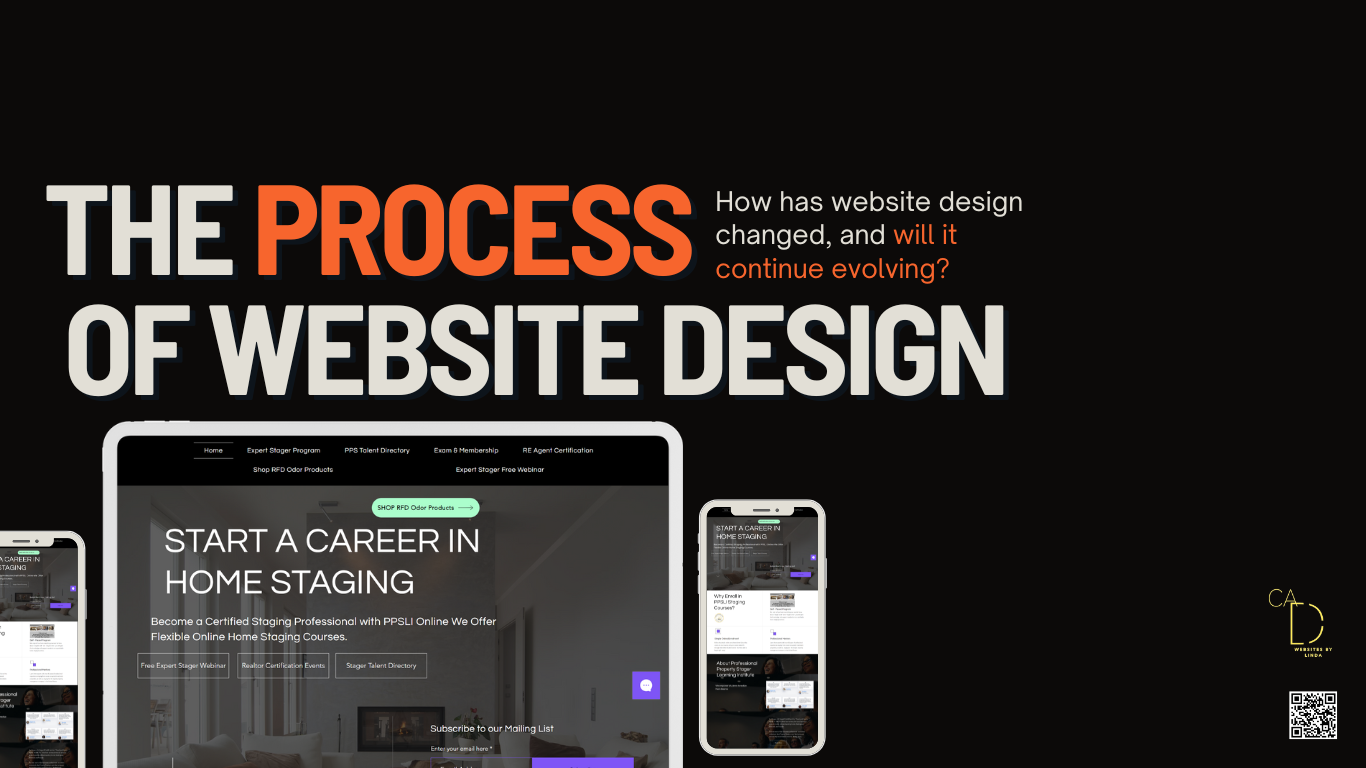

Inclusive Design for Global Audiences: Ensuring web designs are inclusive, considering a wide range of abilities, languages, and cultural backgrounds for a truly global audience.
Personalized User Onboarding Experiences: Designing personalized user onboarding experiences, guiding users through initial interactions based on their preferences and behavior.
Geolocation Services in Design: Personalizes user experiences based on location, enhancing relevance and utility for businesses with local focus or multiple locations.
Designing for Mental Health Awareness: Creating web designs that are considerate of users' mental health, with calming color schemes, non-intrusive interactions, and content that promotes well-being.
Homepage Design Simulator: A feature where users can experiment with creating a homepage, choosing elements like layout, color schemes, and content, to understand the art of balancing these elements.
Designing for the Future: Anticipates and adapts to technological advances and changing user expectations.
Content Management Systems (CMS): Facilitate easy content updates and customization, popular in diverse web designs.
Testing and Reliability: Templates are usually thoroughly tested for bugs and compatibility issues, ensuring a reliable foundation for building a website.
Sociotechnical Systems in Web Design: Considering the sociotechnical aspects of web design, how social and technical elements interact and affect the user experience.
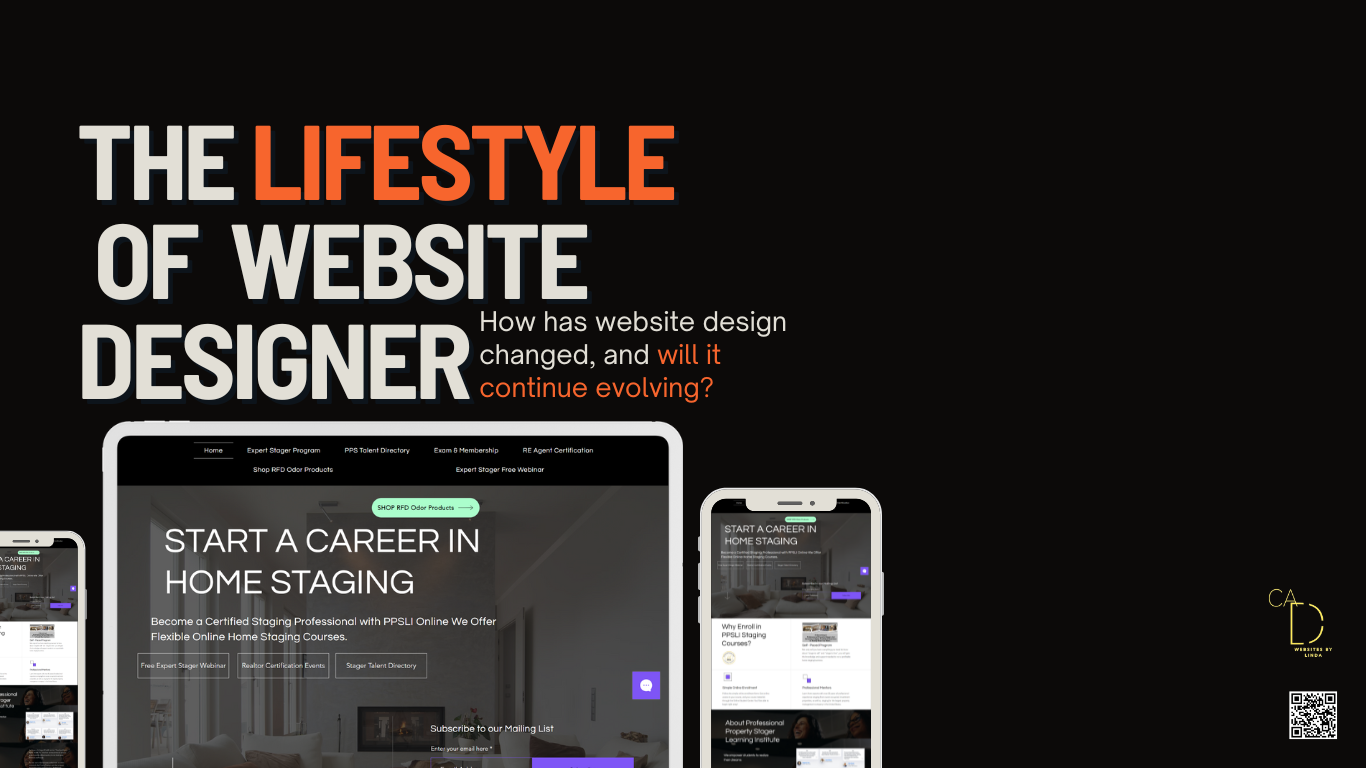
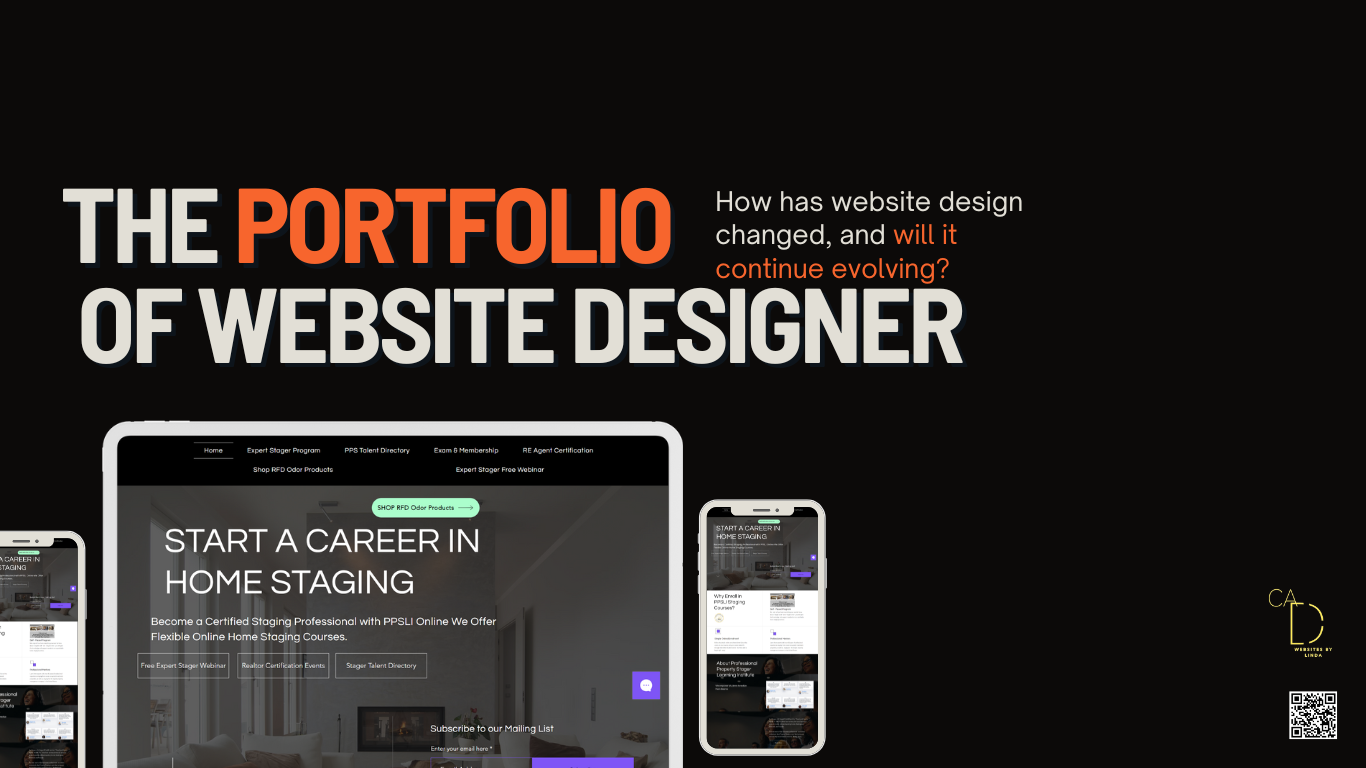
Time and Cost Efficiency: Templates significantly reduce the time and cost involved in designing a website from scratch. They provide a pre-designed framework that can be easily customized, allowing for rapid deployment.
UI/UX Focus: At the forefront, a human figure interacts with a holographic interface showing a user-friendly website layout, emphasizing the importance of UI/UX in web design.
Accessible and Inclusive Forms: Designing forms that are accessible and inclusive, ensuring ease of use for users with different abilities and providing multiple ways to interact.
Balancing Personalization and Privacy: Tailors user experiences while respecting privacy, navigating data use and privacy concerns.
Cross-Browser Compatibility Testing: Ensuring websites function and display correctly across different web browsers, addressing compatibility issues for a uniform user experience.
Web Accessibility Standards: Ensures inclusive web experiences for all users.
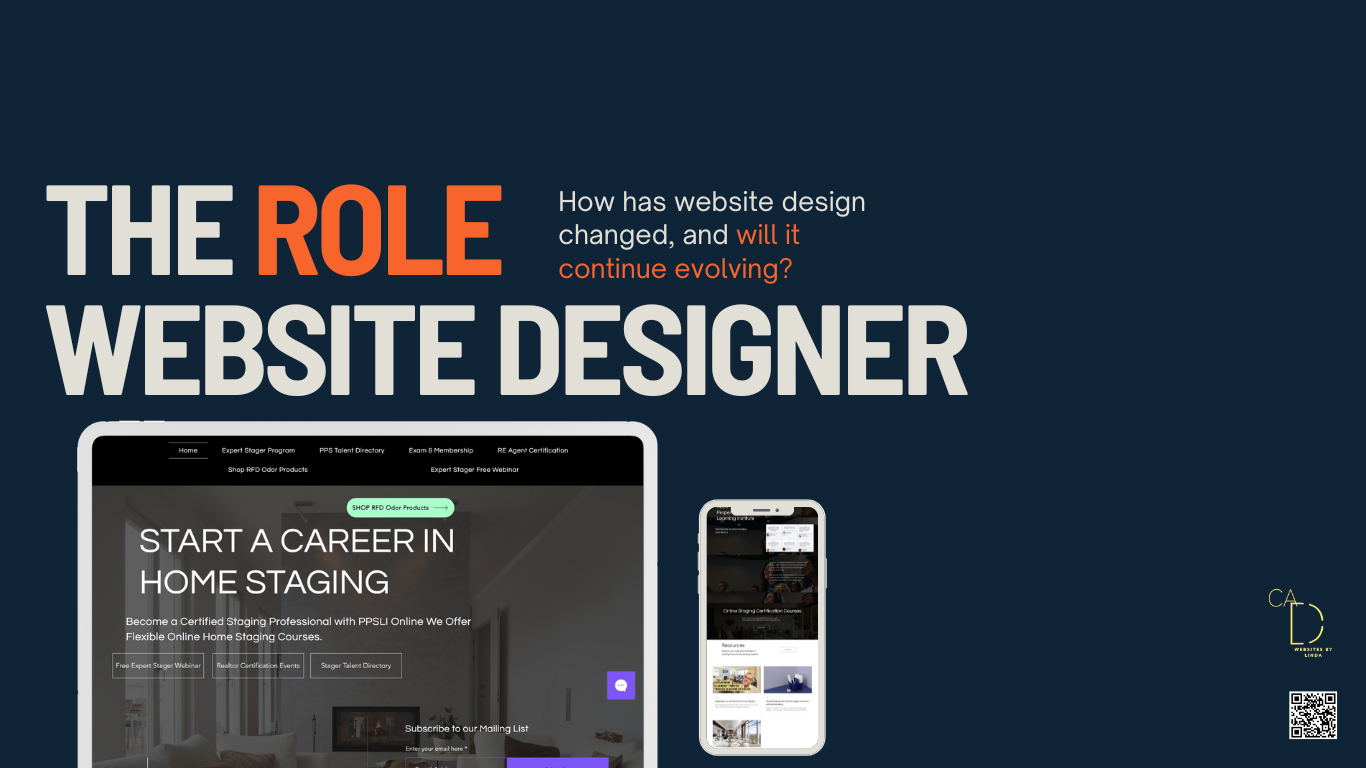

Wearable Technology Integration: Designing web experiences that integrate seamlessly with wearable technology, offering synchronized experiences across devices.
Blockchain in Web Development: Explores decentralized solutions for enhanced security and efficiency.
Description for Artwork: Digital Landscape Foundation: The base of the artwork shows a stylized, digital grid representing the foundational aspect of web design. This grid will be interwoven with abstract digital patterns symbolizing coding and web development.
Biometric Authentication in Web Security: Enhances security while balancing user convenience and experience.
Sustainable Practices in Digital Product Lifecycle: Incorporating sustainable practices throughout the digital product lifecycle, from design to deployment and maintenance, considering the environmental impact at each stage.
Load Time Optimization: Essential for user retention, employing various speed enhancement techniques.
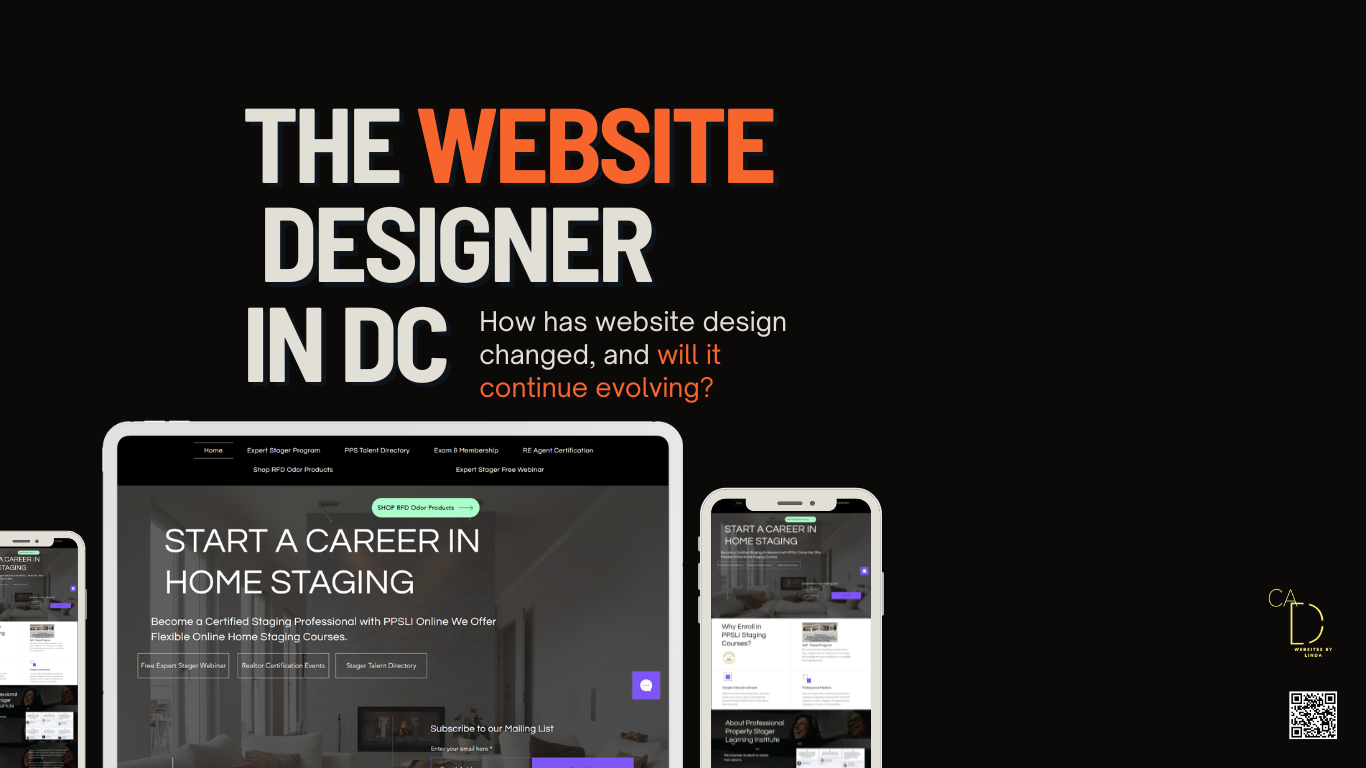
Hourly Rate Reasonably skilled freelance web designers make about $75 per hour. This figure can vary, though, according to CSS-Tricks. Website Builder Expert estimates that the cost to design a website is $30 to $80 per hour, while the cost to actually develop the website is $100 to $180 per hour.
A web designer creates the layout and design of a website. In simple terms, a website designer makes a site look good. They use design programmes to create visual elements and usually have expertise in user interface (UI), which means they strategically design a site that's intuitive and easy for visitors to navigate.
Google Web Designer is a free software tool available for download on both Windows and Mac computers. It does not have any subscription plans or pricing tiers, and users can access all of its features and functionality at no cost.